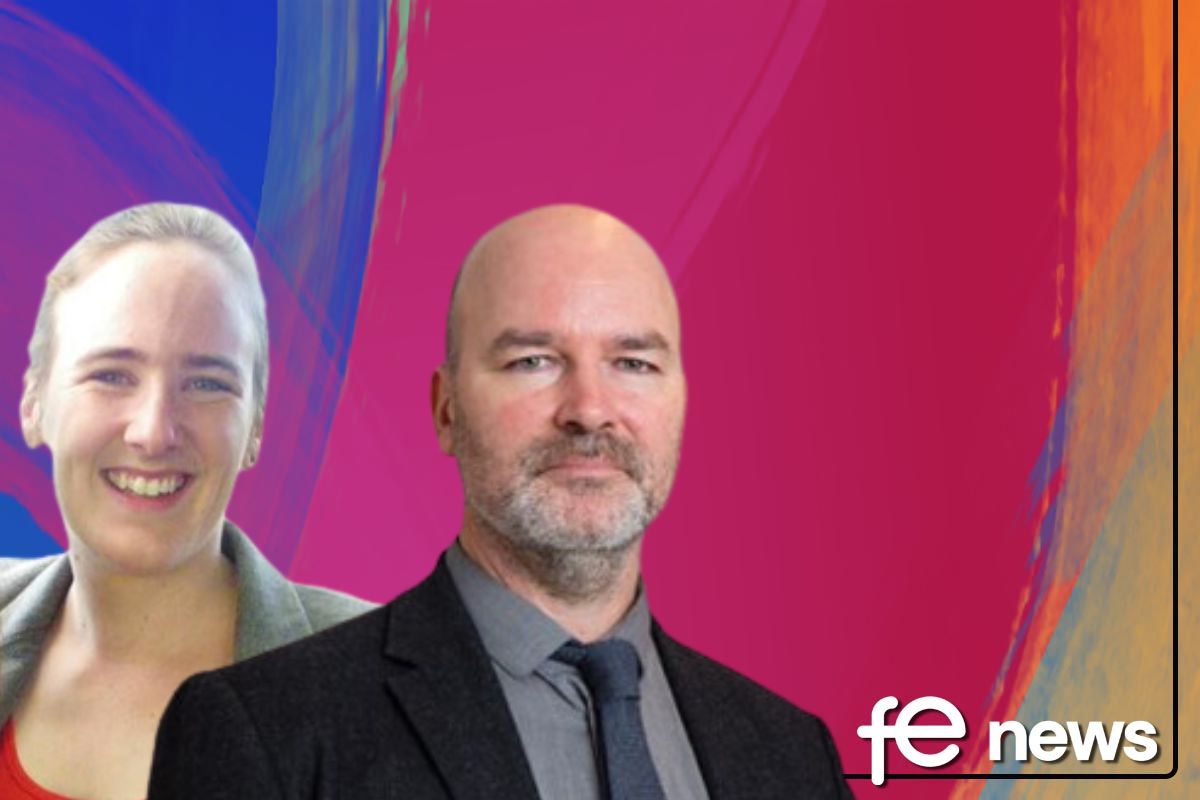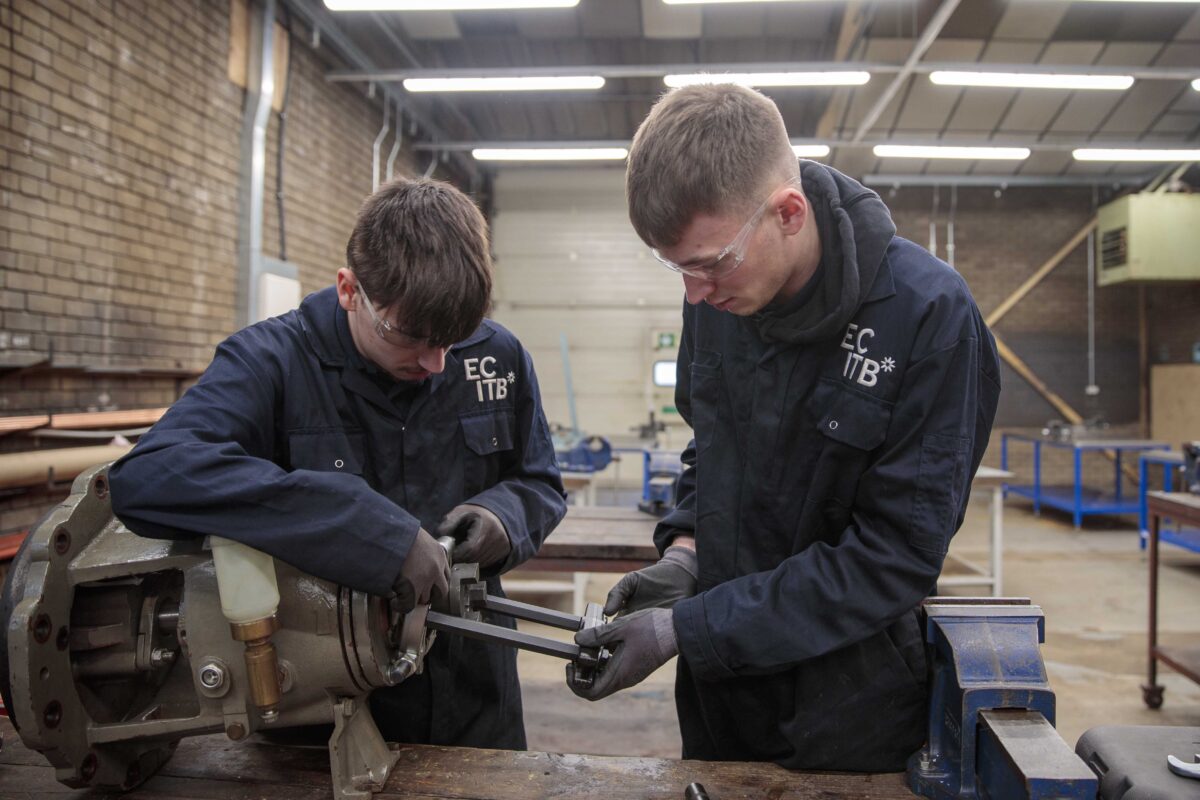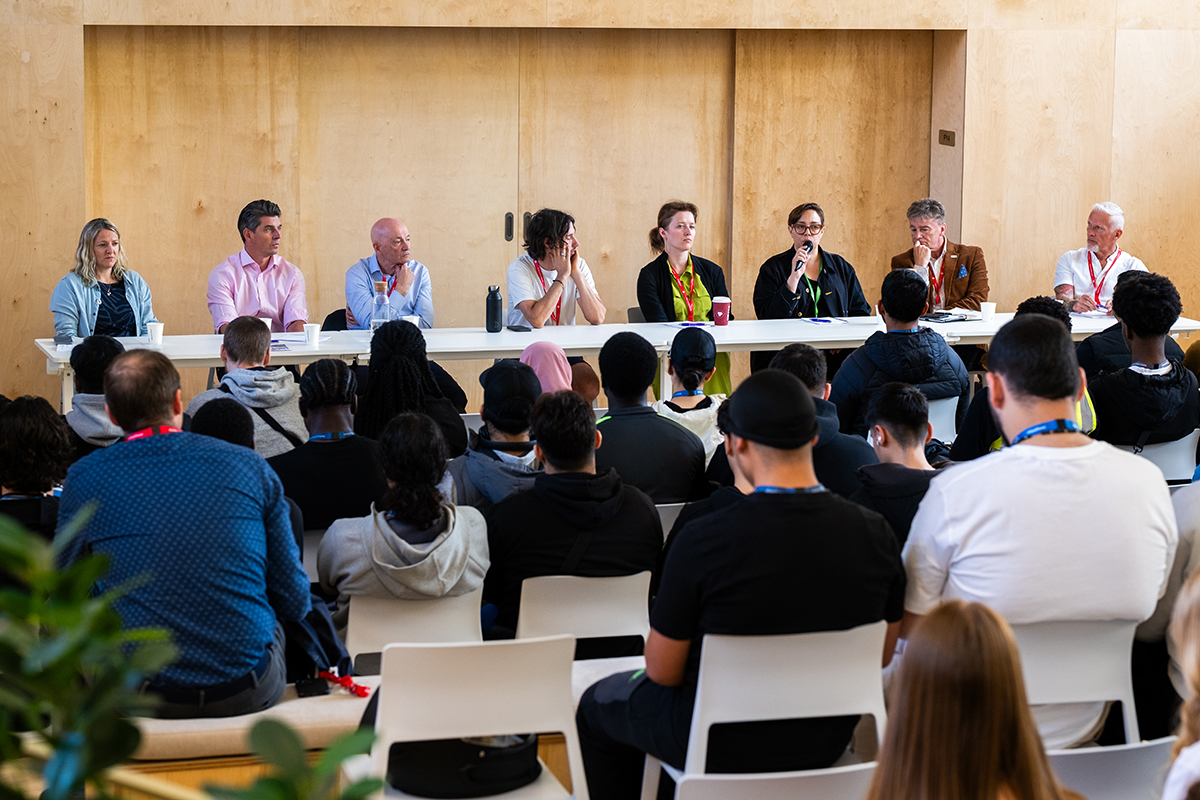How Digital Technologies are being used in Career Guidance

This article is about how digital technologies like artificial intelligence, virtual reality and gamification are being used in school career guidance to make it more effective, efficient and equitable.
Young people from around the world are entering the labour market more highly qualified than ever before, but in many countries, they are still finding it difficult to find fulfilling employment. We know that effective career guidance that allow students in school to explore, experience and think about their futures can be expected to help improve students’ long-term employment outcomes.
The OECD Career Readiness project reviewed longitudinal data sets (including from the UK) to confirm that 11 indicators of career readiness (for example workplace visits or job fairs) were associated with lower levels of unemployment, higher wages and happiness with career choice. Unfortunately, in many countries, PISA data shows that too few students are engaging sufficiently in career guidance and often, as in the UK, it is students from the most disadvantaged backgrounds who are less likely to receive the support they need.
So how can we make career guidance more effective, efficient, and equitable?
Driven by the needs of the pandemic and the rapid pace of technological change, one important new development in the field of career guidance relates to the use of digital tools and resources.
The OECD Observatory on Digital Technologies in Career Guidance for Youth (ODiCY) is an open-access, searchable repository of case studies on how digital technologies are being used in career guidance around the world. It has been designed to enable the global community of policy makers, schools and guidance practitioners to gain easy access to up-to-date practice examples, and insights on effective commissioning, development and use of digital technologies in school career guidance.
Users can search the site by different types of career guidance, by the age of students, country or the type of technology used. They can also watch video presentations of new technologies, access blogs by leading figures in the field and read the latest research papers.
How are digital technologies being used in school career guidance?
In France, JobIRL’s E-mentoring program matches mentors with young people to help them in multiple aspects of career guidance. Virtual reality is being used in New Brunswick, Canada to give students a taste of in-demand skilled jobs that use heavy machinery through Career Modules that students complete at school. This means students get experiences of workplaces that would otherwise be impossible due to safety considerations in ways that makes it easy to connect with labour market information.
In the UK, CiCi the 24/7 chatbot uses artificial intelligence to support students exploring career options. Developed in Australia, the BECOME program uses an application to allow students to explore the job market deeply to help students expand their knowledge about jobs and help them to understand what they are interested in. These are just four examples of digital technologies being used to deliver career guidance in ways we have not seen before.
As an observatory, ODiCY is designed to be continually updated with innovative uses of technology from around the world, so if you are interested in how work placements are being delivered in England or Finland, or how different countries are using video streaming to enable career talks with guest speakers, or how virtual reality is being used around the world, take a look at this new, free resource. To date, while innovation has been remarkable, very little digital delivery has been formally evaluated.
The Observatory on Digital Technologies in Career Guidance for Youth is an important first step towards understanding effective impact by bringing together some of the most exciting global developments in career guidance. If you are the developer or user of a digital tool, you can submit your own case study for consideration.
By Alison Burke and Anthony Mann, OECD
FE News on the go…
Welcome to FE News on the go, the podcast that delivers exclusive articles from the world of further education straight to your ears.
We are experimenting with Artificial Intelligence to make our exclusive articles even more accessible while also automating the process for our team of project managers.
In each episode, our thought leaders and sector influencers will delve into the most pressing issues facing the FE sector, offering their insights and analysis on the latest news, trends, and developments.











Responses